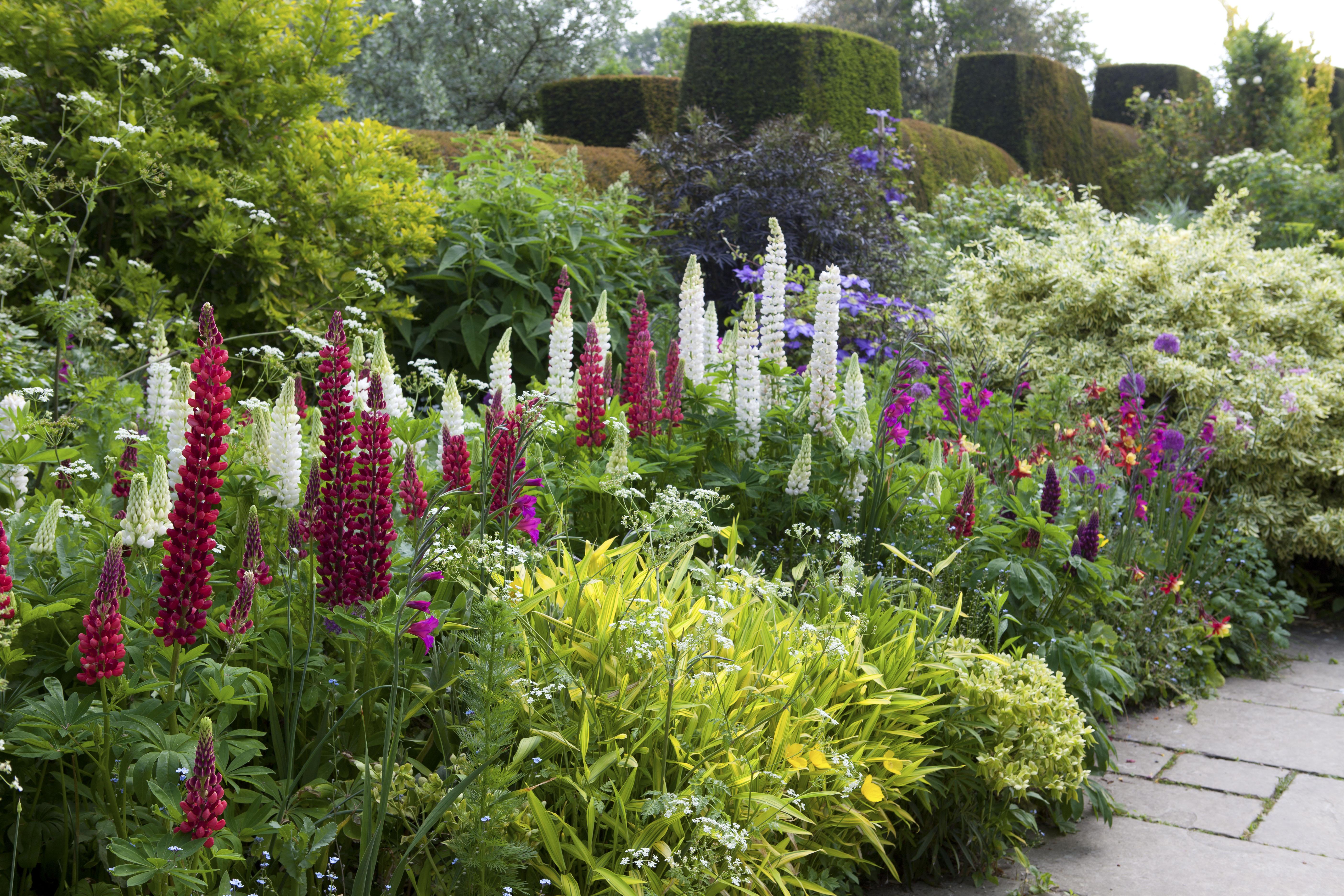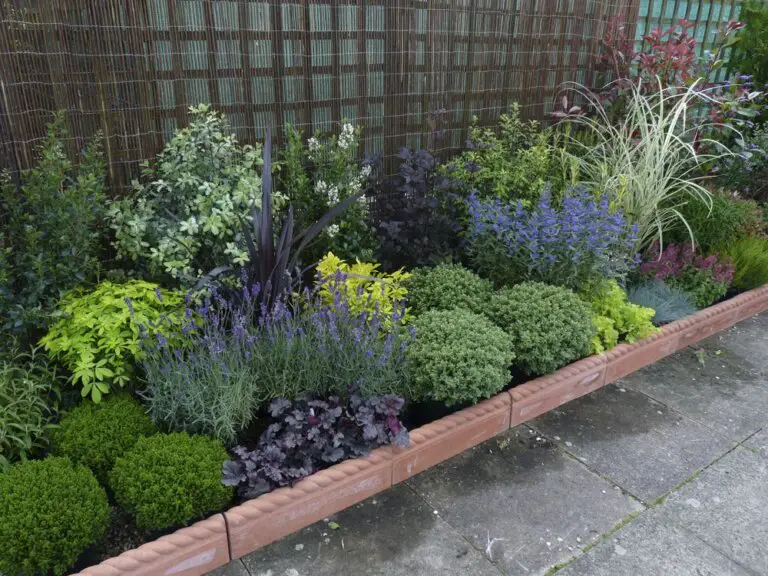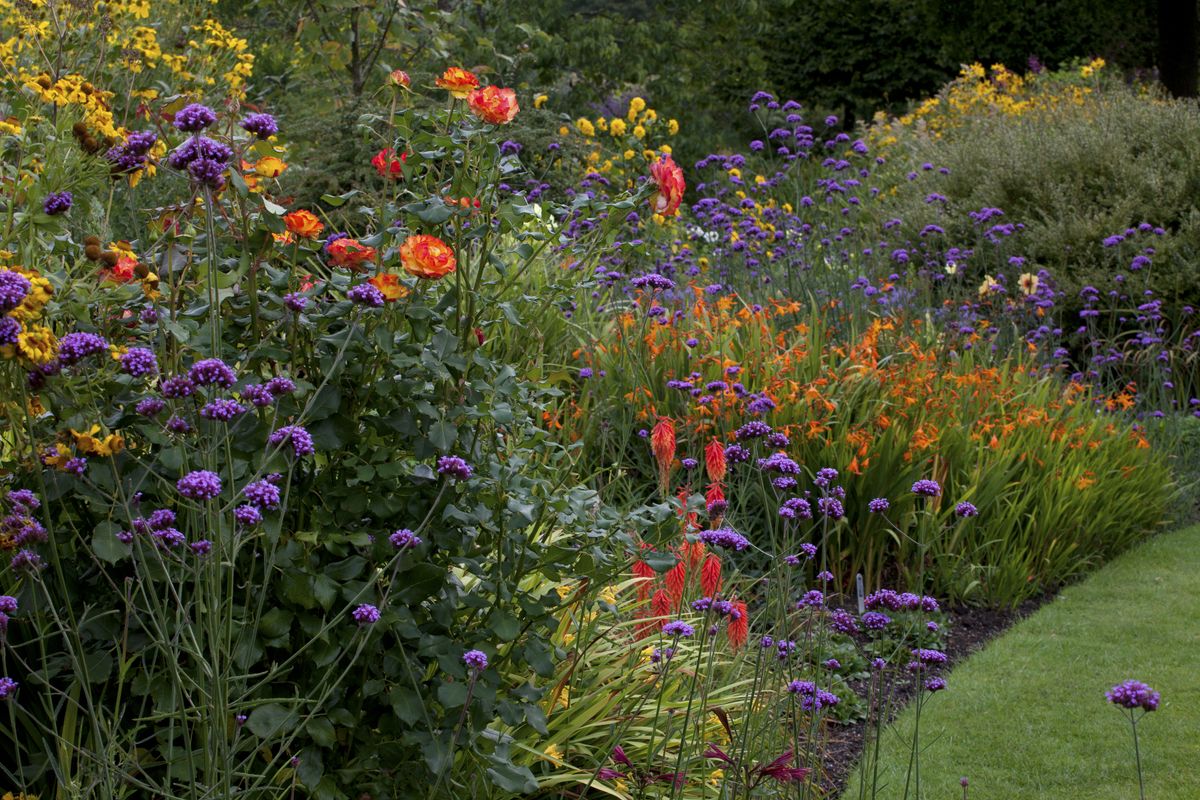“Okay, here is a comprehensive article about garden border plants, aiming for approximately 1600 words, written in English.
- Okay, Here Is An Article About Backyard Plant Designs, Aiming For Approximately 1600 Words.
- Drought Resistant Plants
- How To Grow Plants
- Plant Care Tips
- Plants For Office Desk
Table of Content
- 1 The Art and Science of Garden Border Plants: Crafting Living Edges
- 1.1 I. Understanding the Purpose of Your Border
- 1.2 II. Essential Design Principles for Border Planning
- 1.2.1 A. Layering and Height Progression
- 1.2.2 B. Color Theory
- 1.2.3 C. Texture and Form
- 1.2.4 D. Repetition and Rhythm
- 1.2.5 E. Balance and Proportion
- 1.2.6 F. Focal Points
- 1.3 III. Understanding Your Site: The Foundation of Success
- 1.3.7 A. Light Conditions
- 1.3.8 B. Soil Analysis
- 1.3.9 C. Climate and Hardiness Zones
- 1.3.10 D. Water Availability
- 1.4 IV. Key Considerations for Plant Selection
- 1.4.11 A. Mature Size (Height & Spread)
- 1.4.12 B. Bloom Time and Duration
- 1.4.13 C. Foliage Interest
- 1.4.14 D. Maintenance Needs
Okay, here is a comprehensive article about garden border plants, aiming for approximately 1600 words, written in English.

The Art and Science of Garden Border Plants: Crafting Living Edges
A garden border is more than just a line of plants; it’s the living edge that defines a space, creates a visual journey, and adds a layer of depth and beauty to any landscape. From framing a lawn to delineating a pathway, or simply providing a vibrant display of color and texture, border plants are fundamental to garden design. They are the unsung heroes that transition the eye from one area to another, offering a sense of enclosure, privacy, or pure aesthetic delight.
Creating a successful garden border requires a blend of artistic vision and horticultural knowledge. It’s about understanding the interplay of light, soil, color, texture, and form, and then selecting the right plants to bring that vision to life. This article will delve into the multifaceted world of garden border plants, guiding you through the design principles, plant selection strategies, and maintenance practices necessary to cultivate stunning and sustainable living edges.
I. Understanding the Purpose of Your Border
Before a single plant is chosen, it’s crucial to define the role your border will play. Is it purely ornamental, designed to be a vibrant display of flowers? Is it functional, perhaps to define a pathway, screen an unsightly view, or provide a habitat for local wildlife?
- Aesthetic Enhancement: The most common purpose. A border can add curb appeal, create focal points, or provide a continuous flow of color and interest throughout the seasons.
- Defining Space: Borders act as natural walls, separating garden rooms, framing a patio, or delineating the edge of a lawn or property line.
- Creating Privacy or Screening: Taller borders, especially those incorporating shrubs or dense perennials, can offer a sense of seclusion or hide less appealing elements.
- Guiding Movement: A well-designed border can subtly direct visitors through the garden, highlighting paths or leading them to a specific feature.
- Wildlife Habitat: By selecting native plants or those known to attract pollinators and birds, a border can become a thriving ecosystem.
- Sensory Experience: Incorporating fragrant plants, plants with interesting textures, or those that attract birds can create a multi-sensory experience.

The chosen purpose will heavily influence the types of plants you select, their mature size, and the overall design approach.

II. Essential Design Principles for Border Planning
Designing a garden border is akin to painting a living canvas. Several key principles guide the arrangement of plants to achieve a cohesive and visually appealing result.
A. Layering and Height Progression
This is perhaps the most fundamental principle. Borders are typically designed with a progression of heights, creating depth and ensuring all plants are visible.
- Front of the Border (Edging Plants): These are the shortest plants, typically 6-18 inches tall, forming a neat edge. They should be low-growing, often mounding or spreading, and provide a clean transition to the path or lawn.
- Mid-Border: The "workhorses" of the border, these plants typically range from 18 inches to 3 feet tall. They provide the bulk of the color and texture and bridge the gap between the front and back.
- Back of the Border: The tallest plants, often 3 feet or more, form the backdrop. These can include tall perennials, ornamental grasses, or small shrubs, providing structure and a sense of enclosure.

This layering creates a natural, undulating flow, preventing the border from looking flat or one-dimensional.
B. Color Theory
Color is a powerful tool in garden design, evoking different moods and drawing the eye.
- Monochromatic Schemes: Using various shades and tints of a single color (e.g., a "blue border" with lavender, delphinium, salvia, and blue hydrangeas) creates a sophisticated and calming effect.
- Analogous Schemes: Combining colors that are next to each other on the color wheel (e.g., yellows, oranges, and reds) creates harmony and a gentle transition.
- Complementary Schemes: Pairing colors opposite each other on the color wheel (e.g., blue and orange, purple and yellow) creates high contrast and vibrant energy.
- Cool Colors (Blues, Purples, Greens): Recede, making a space feel larger and more serene.
- Warm Colors (Reds, Oranges, Yellows): Advance, making a space feel more intimate and energetic.
Consider bloom time to ensure a continuous display of color throughout the growing season. Don’t forget the importance of foliage color (e.g., silver, burgundy, chartreuse) which provides interest even when plants aren’t in bloom.
C. Texture and Form
Beyond color, the texture and form of plants add depth and character.
- Texture: Refers to the perceived roughness or smoothness of a plant’s leaves, flowers, or overall habit.
- Fine Texture: Wispy grasses, delicate ferns, feathery astilbes. These create a light, airy feel.
- Medium Texture: Most common perennials like coneflowers, daylilies.
- Coarse Texture: Large-leaved hostas, bold cannas, spiky yucca. These create drama and act as focal points.
- Form (Shape):
- Mounding: Heuchera, Sedum.
- Spiky/Upright: Delphinium, Liatris, Salvia.
- Spreading/Trailing: Groundcovers, creeping thyme.
- Vase-shaped: Some ornamental grasses.
Varying textures and forms creates visual interest and prevents the border from looking monotonous.
D. Repetition and Rhythm
Repeating certain plants or groups of plants throughout the border creates a sense of rhythm and unity, guiding the eye along the length of the design. This doesn’t mean planting in straight lines, but rather weaving groups of plants in repeating patterns.
E. Balance and Proportion
- Balance: Can be symmetrical (mirroring elements on either side of a central axis, often seen in formal gardens) or asymmetrical (using different elements to achieve visual equilibrium, more common in informal gardens).
- Proportion: Refers to the relative size of plants to each other, and to the overall scale of the border within the garden. A small border next to a massive house will look out of proportion, just as a giant plant in a tiny border will overwhelm it.
F. Focal Points
A strategically placed plant with exceptional form, color, or texture can act as a focal point, drawing the eye and providing a moment of visual pause. This could be a striking ornamental grass, a particularly large or vibrant perennial, or even a small garden sculpture.
III. Understanding Your Site: The Foundation of Success
Even the most beautiful design will fail if the plants aren’t suited to the growing conditions. Thoroughly assessing your site is non-negotiable.
A. Light Conditions
- Full Sun: 6+ hours of direct sunlight per day. (Most flowering perennials, many ornamental grasses).
- Partial Sun/Partial Shade: 3-6 hours of direct sunlight, or dappled light all day. (Many woodland plants, some perennials).
- Full Shade: Less than 3 hours of direct sunlight, or indirect light all day. (Hostas, ferns, astilbes).
Observe your border area at different times of day and throughout the seasons. Sun patterns change with the sun’s angle.
B. Soil Analysis
The type and quality of your soil are paramount.
- Texture: Is it sandy (drains too quickly), clay (drains poorly, compacts), or loamy (ideal, balanced)?
- pH: Most plants prefer a slightly acidic to neutral pH (6.0-7.0), but some are acid-lovers (e.g., rhododendrons, azaleas) or alkaline-tolerant. A soil test kit provides accurate readings.
- Drainage: Does water pool after rain, indicating poor drainage, or does it disappear too quickly? Good drainage is crucial for most plants to prevent root rot.
Amending your soil with organic matter (compost, well-rotted manure) can improve both drainage in clay soils and water retention in sandy soils, while also boosting fertility.
C. Climate and Hardiness Zones
Know your USDA Plant Hardiness Zone (or equivalent local system). This indicates which plants are likely to survive winter temperatures in your region. However, also consider microclimates within your garden (e.g., a sheltered spot against a south-facing wall might be warmer than an exposed area).
D. Water Availability
Consider your average rainfall and your ability to provide supplemental irrigation. Drought-tolerant plants are excellent choices for low-maintenance borders or areas with water restrictions.
IV. Key Considerations for Plant Selection
With your design principles in mind and your site assessed, you can now dive into the exciting world of plant selection.
A. Mature Size (Height & Spread)
Always research the mature size of a plant. What looks small in a nursery pot can quickly outgrow its space, crowding neighbors and disrupting your design. Space plants according to their mature spread, not their current size.
B. Bloom Time and Duration
Aim for continuous bloom from spring through fall by selecting plants with staggered flowering times. Also, consider plants with a long bloom duration (e.g., Salvia, Coreopsis) or those that can be deadheaded for rebloom.
C. Foliage Interest
Flowers are fleeting, but foliage is constant. Prioritize plants with attractive foliage that provides interest even when not in bloom. This includes variations in color (silver, burgundy, variegated, chartreuse), texture (fine, coarse, glossy, matte), and form. Ornamental grasses, Hostas, Heucheras, and Sedums are excellent for foliage.
D. Maintenance Needs
Be realistic about the time you’re willing to commit.
- Low-Maintenance: Drought-tolerant, disease-resistant, minimal pruning/deadheading, no staking required.
- High-Maintenance: Requires frequent watering, deadheading, staking, division,

